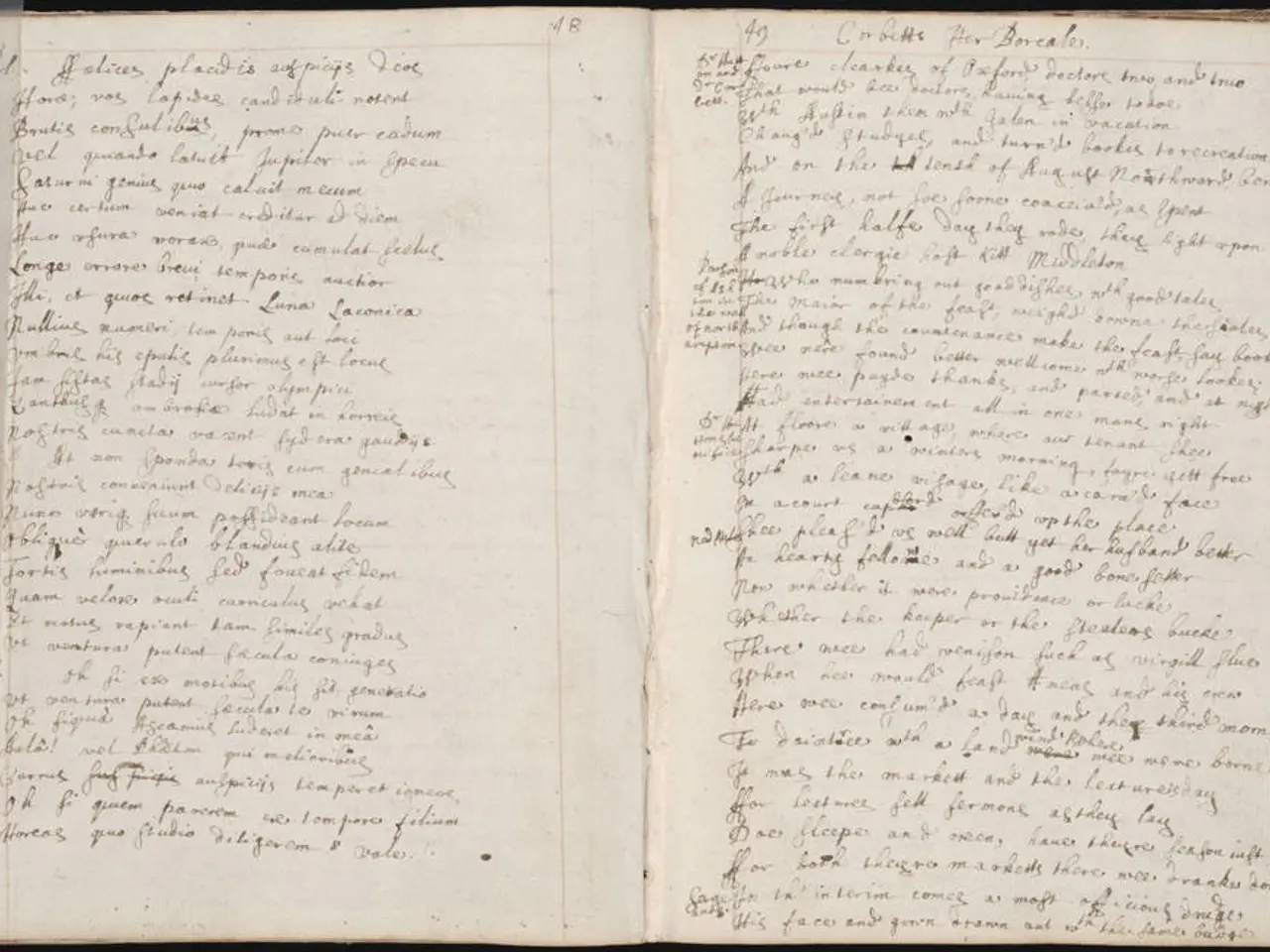Challenges Faced by Writers in Constructing Imaginary Realms
In the "Writing Articles" section, we are privileged to present a guest post by Doug Lewars, an author who, though not necessarily over the hill but approaching the summit, has published thirteen books on Smashwords.com. Today, Doug shares his insights on world building in the context of fantasy writing.
At the heart of every fantasy world lies a character, and understanding this central figure is the key to unlocking the mysteries of the society in which they live. By focusing on one character and asking questions, we can gradually improve our understanding of the overall society.
When constructing a fantasy world, it's essential to consider various aspects, such as geography, biology, chemistry, physics of magic, astronomy, geology, economics, psychology, sociology, political science, linguistics, jurisprudence, and history. Keeping things fairly simple is advisable, with critters being carbon-based, and magic augmenting their metabolism, structure, and capabilities.
Cities in a fantasy world typically develop in lower altitudes, on plains, and near water for expediency. However, agriculture can become a problem if a city is located high in the mountains. The economy of a fantasy world needs to be considered, including how it functions and how it is related to location.
Dragons in a fantasy world are essentially large, possibly intelligent, lizards or dinosaurs augmented by magic to fly. Yet, a character who is invulnerable to all attacks needs to have at least one weakness to keep the plot interesting. A character with a sword capable of slicing through any substance will pose problems for the author if there is also a character who's armor cannot be cut or pierced by any weapon.
Magic can solve problems in a fantasy world, but it can also create problems. For instance, a spell that grants invisibility might lead to chaos if used carelessly. Therefore, it's crucial to set limits to keep the plot engaging.
J.K. Rowling uses a technique of adding magic to an existing world in the Harry Potter series, while Doug Lewars' works published on Smashwords vary by story, but frequently include protagonists engaged in suspenseful, psychological narratives or speculative fiction settings.
World building can be challenging, with potential issues such as jarring inconsistencies and becoming overwhelmed by details. However, by starting with the main character and considering their living conditions, occupation, status in society, relationships, daily life, and overall society, we can create a cohesive and captivating fantasy world.
The crafting of magic and the relationship between science and magic in the context of fantasy writing are also important considerations. A fantasy world can be constructed using a parallel world or a down-the-rabbit-hole technique.
In conclusion, world building is a crucial aspect of fantasy writing, and by following the tips provided by Doug Lewars, we can create engaging and believable fantasy worlds that captivate readers and transport them to new realms of imagination.
Read also:
- Understanding Hemorrhagic Gastroenteritis: Key Facts
- Stopping Osteoporosis Treatment: Timeline Considerations
- Expanded Community Health Involvement by CK Birla Hospitals, Jaipur, Maintained Through Consistent Outreach Programs Across Rajasthan
- Reducing Anxiety Through Nutrition: Edibles That Soothe the Mind








